King of
the Doubs:
the demonstration that brought oxygen to a suffocating fish species
March, 2021
For years, water pollution, dams and eutrophication have been threatening the Rhone streber, a unique fish species from the Franco-Swiss river Doubs, pushing it to the brink of extinction. But it was not alone. People from the villages on the shores of the river rose to save this species and placed the Bern Convention at the forefront of this challenge.
King of the Doubs:
the demonstration that brought oxygen to a suffocating fish species
March, 2021
For years, water pollution, dams and eutrophication have been threatening the Rhone streber, a unique fish species from the Franco-Swiss river Doubs, pushing it to the brink of extinction. But it was not alone. People from the villages on the shores of the river rose to save this species and placed the Bern Convention at the forefront of this challenge.
he Doubs is an idyllic river between France and Switzerland, tributary of the Rhône and home to exceptional fish species, some of them exclusive to this area, and surrounded by green landscapes. This was the river Patrice Malavaux had in mind when he accepted a job in 2007 as the fishery warden of the Franco-Suisse, an association for fishing and the protection of aquatic environments. He moved from his home, hundreds of kilometres away, but when he arrived, he saw that it was not as idyllic as he remembered from previous visits.
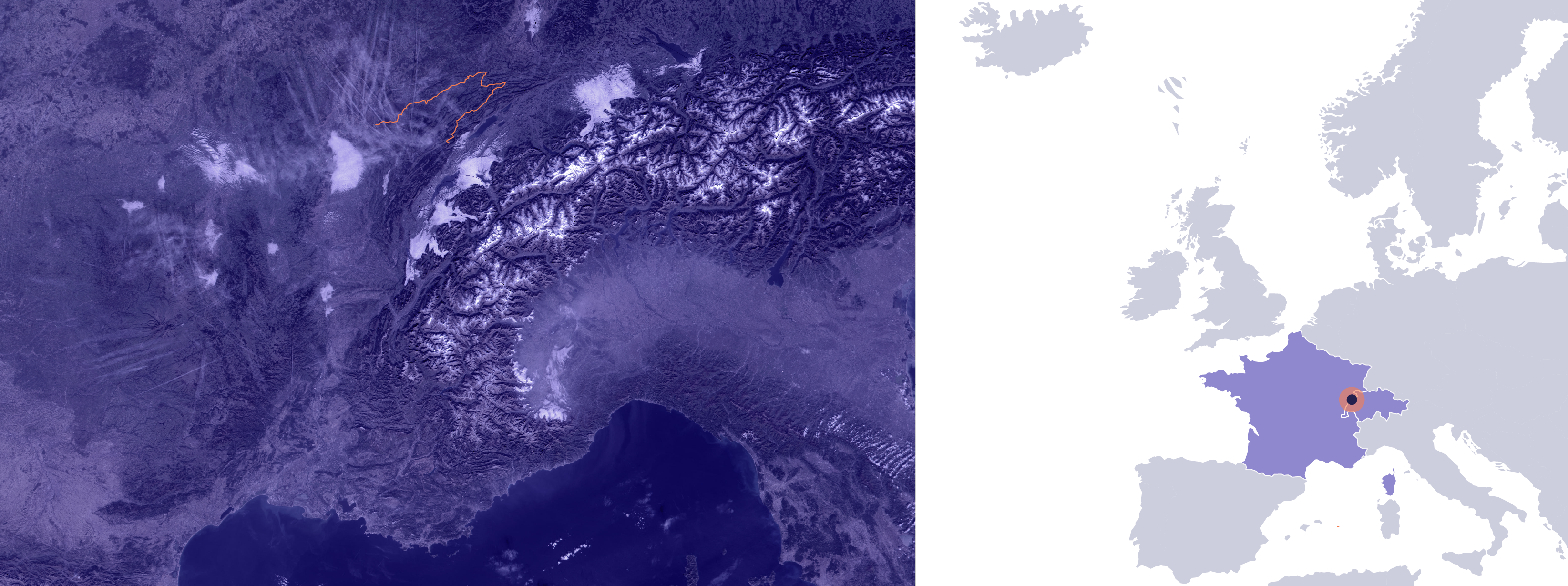
Image by Jeff Schmaltz, MODIS Rapid Response Team, NASA/GSFC
Doubs river (France and Switzerland)
“I thought I would find this emblematic river, but I found eutrophication, bad water quality and dead fish on its shores. I was very disappointed,” Malavaux says.
Indeed, local organisations were aware of this situation for some time and had been denouncing it to the Cantonal authorities, but to no avail. One of them was the Swiss nature conservation organisation Pro Natura, whose members realised that the population of the unique species Rhone streber (Zingel asper), regionally also called King of the Doubs, was declining alarmingly. This species is under the protection of the Bern Convention.
“I thought I would find this emblematic river, but I found eutrophication, bad water quality and dead fish on its shores. I was very disappointed”
“The Rhône streber only occurs in France and Switzerland. It is worldwide limited to three or four more rivers adjacent to the Rhône, one of which is the Doubs. And we saw that its numbers were decreasing every year,” Friedrich Wulf says, leader of International Biodiversity Policy at Pro Natura. Other species are also threatened, such as the South-west European Nase (Protochondrostoma toxostoma), the Brook lamprey (Lampetra planeri) and the European bullhead (Cottus gobio).
Dams and eutrophication
According to Wulf, one of the biggest problems were the three hydropower plants situated along the Doubs and their dams along the river. “These dams made abrupt and spontaneous changes of the water table, and they caused a lot of fishes to die, especially young ones,” Wulf explains.
Apart from the three large dams, there are also small ones that do not produce much energy and have changed the original structure of the river, an issue which Pro Natura also denounces because they keep the fish from moving along the river. “In this case, we even had local opposition. Some local people all of a sudden thought that it was much more beautiful like that. But they block fish movement along the river,” Wulf says.
Image by Jeff Schmaltz, MODIS Rapid Response Team, NASA/GSFC
Doubs river (France and Switzerland)
“I thought I would find this emblematic river, but I found eutrophication, bad water quality and dead fish on its shores. I was very disappointed,” Malavaux says.
Indeed, local organisations were aware of this situation for some time and had been denouncing it to the Cantonal authorities, but to no avail. One of them was the Swiss nature conservation organisation Pro Natura, whose members realised that the population of the unique species Rhone streber (Zingel asper), regionally also called King of the Doubs, was declining alarmingly. This species is under the protection of the Bern Convention.
“I thought I would find this emblematic river, but I found eutrophication, bad water quality and dead fish on its shores. I was very disappointed”
“The Rhône streber only occurs in France and Switzerland. It is worldwide limited to three or four more rivers adjacent to the Rhône, one of which is the Doubs. And we saw that its numbers were decreasing every year,” Friedrich Wulf says, leader of International Biodiversity Policy at Pro Natura. Other species are also threatened, such as the South-west European Nase (Protochondrostoma toxostoma), the Brook lamprey (Lampetra planeri) and the European bullhead (Cottus gobio).
The Doubs is an idyllic river between France and Switzerland, tributary of the Rhône and home to exceptional fish species, some of them exclusive to this area, and surrounded by green landscapes. This was the river Patrice Malavaux had in mind when he accepted a job in 2007 as the fishery warden of the Franco-Suisse, an association for fishing and the protection of aquatic environments. He moved from his home, hundreds of kilometres away, but when he arrived, he saw that it was not as idyllic as he remembered from previous visits.

Dams and eutrophication
According to Wulf, one of the biggest problems were the three hydropower plants situated along the Doubs and their dams along the river. “These dams made abrupt and spontaneous changes of the water table, and they caused a lot of fishes to die, especially young ones,” Wulf explains.
Apart from the three large dams, there are also small ones that do not produce much energy and have changed the original structure of the river, an issue which Pro Natura also denounces because they keep the fish from moving along the river. “In this case, we even had local opposition. Some local people all of a sudden thought that it was much more beautiful like that. But they block fish movement along the river,” Wulf says.
Dams and eutrophication
According to Wulf, one of the biggest problems were the three hydropower plants situated along the Doubs and their dams along the river. “These dams make abrupt and spontaneous changes of the water table, and they cause a lot of fishes to die, especially young ones,” Wulf explains.
Apart from the three large dams, there are also small ones that do not produce much energy and have changed the original structure of the river, an issue which Pro Natura also denounces. “In this case, we even had local opposition. Some local people all of a sudden thought that it was much more beautiful like that. But they block fish movement along the river,” Wulf says.
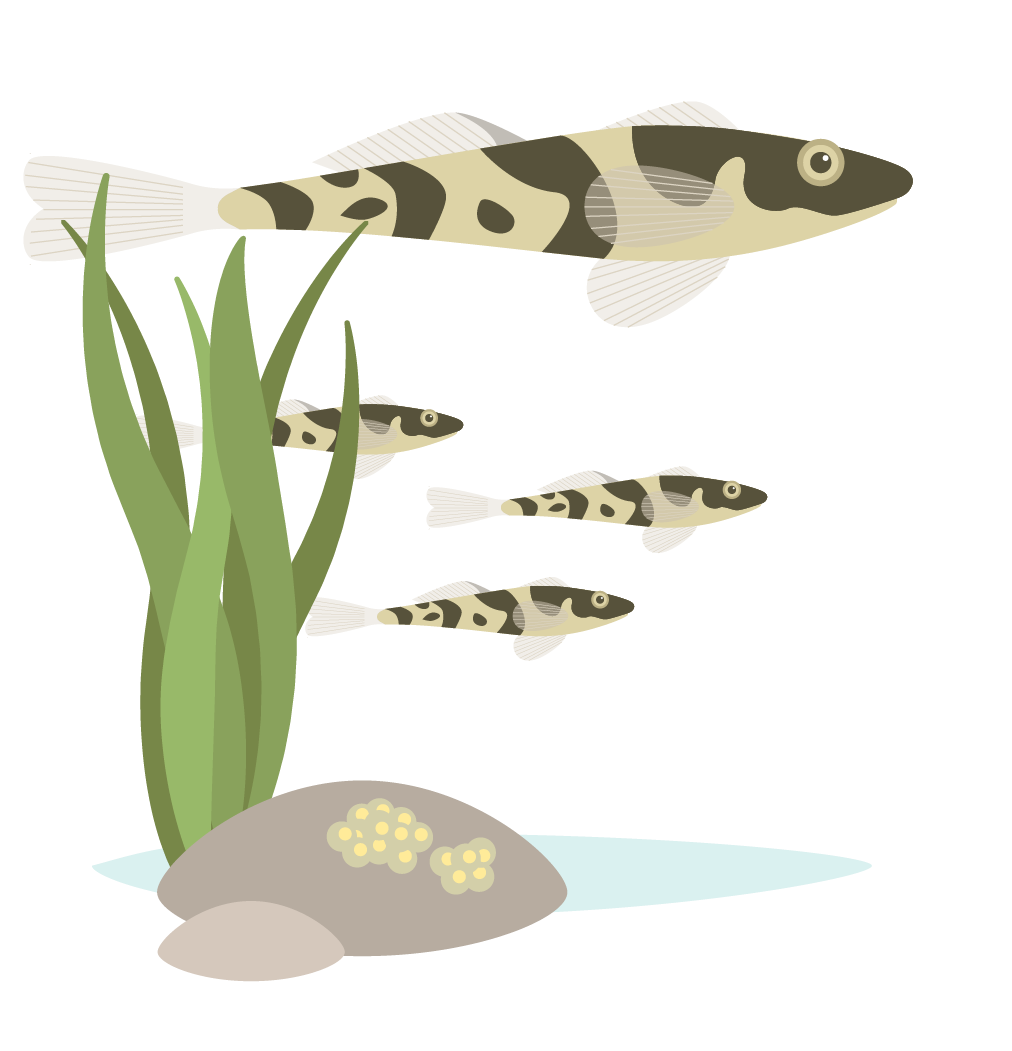
Impacts
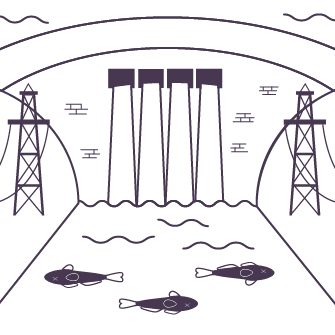
Hydroelectric station
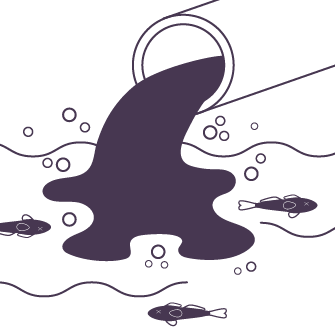
Sewage treatment
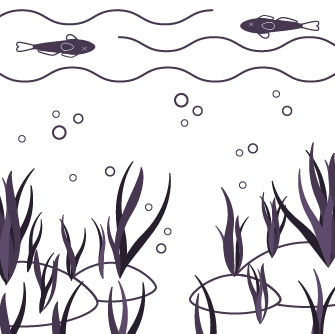
Eutrophication
These artificial fluctuations were not the only ones to blame for the declining fish populations. Water pollution also played a role. According to Wulf, it comes from spills of sewage treatment plants and from pesticides and fertilisers of agriculture and forestry. These spills overly enrich the river with minerals and nutrients and induce excessive growth of algae. Consequently, it may result in oxygen depletion for the fish, a process known as eutrophication, as well as a lack of clean pebbles that the fish need to lay their eggs.
“The thing is that the pollution of the river is not so evident everywhere. It’s probable that you don’t notice if you’re not an expert,” Wulf says. Also, “this effect has multiplied due to climate change. The last three summers were very hot, which is rare in Switzerland, and the river got quite dry in the upper part. The water table was very low and the whole bottom of the river was covered in algae so the fish could not put their eggs in its small pebbles and had problems to reproduce,” Wulf explains.
Dams and eutrophication
According to Wulf, one of the biggest problems were the three hydropower plants situated along the Doubs and their dams along the river. “These dams make abrupt and spontaneous changes of the water table, and they cause a lot of fishes to die, especially young ones,” Wulf explains.
Apart from the three large dams, there are also small ones that do not produce much energy and have changed the original structure of the river, an issue which Pro Natura also denounces. “In this case, we even had local opposition. Some local people all of a sudden thought that it was much more beautiful like that. But they block fish movement along the river,” Wulf says.
“These dams made abrupt and spontaneous changes of the water table, and they caused a lot of fishes to die, especially young ones”
Local citizens take action
In 2011, the situation was critical for many of the fish species living in the Doubs. “Fish mortality rates started to be very shocking, not only for the fishermen, but also for the public opinion. You could see dead fishes on the bank of the river,” Patrice Malavaux recalls.
That is why he and the organisation SOS Loue et Rivières Comtoises along with Pro Natura raised the alarm and organised a demonstration in May of that year in the Swiss border village of Goumois. The demonstration was attended by more than 1,000 people, from Switzerland and France.
Unfortunately, according to Malavaux, “the demonstrations did not have a direct impact,” as the authorities of the affected regions did not take any notice. However, then it was clear that the local population was aware of the decline of the King of the Doubs and the deterioration of the Doubs landscape, and that they wanted actions. “Clearly, the demonstration served as a start to change things,” the warden points out.
Dams and eutrophication
According to Wulf, one of the biggest problems were the three hydropower plants situated along the Doubs and their dams along the river. “These dams make abrupt and spontaneous changes of the water table, and they cause a lot of fishes to die, especially young ones,” Wulf explains.
Apart from the three large dams, there are also small ones that do not produce much energy and have changed the original structure of the river, an issue which Pro Natura also denounces. “In this case, we even had local opposition. Some local people all of a sudden thought that it was much more beautiful like that. But they block fish movement along the river,” Wulf says.
“The demonstration served as a start to change things”
The Bern Convention intervenes
“After years of not getting ahead and not getting enough recognition of the problem we decided to file a complaint to the Bern convention,” Wulf recounts.
After that, the Bern Convention consulted the countries involved and decided to do an on-the-spot appraisal of the situation of the Doubs. The results confirmed that the natural habitat of the Rhone streber was continuously deteriorating and that an increasing number of protected species were seriously threatened. As Malavaux and Pro Natura claimed, the main problems stemmed from the hydropower and wastewater treatment plants along with runoff pollutants from agriculture.
At the end of 2013, the Standing Committee of the Bern Convention announced a list of recommended measures to France and Switzerland which covered all of the problems affecting the river. As Switzerland is not part of the European Union, the Bern Convention was the only tool available to integrate environment policies from two different countries.
Recognition from
Regarding the hydropower plants, the Standing Committee recommended to phase out their adverse effects on the fish habitat by 2016 and encouraged the plants to come under control of a single operator.
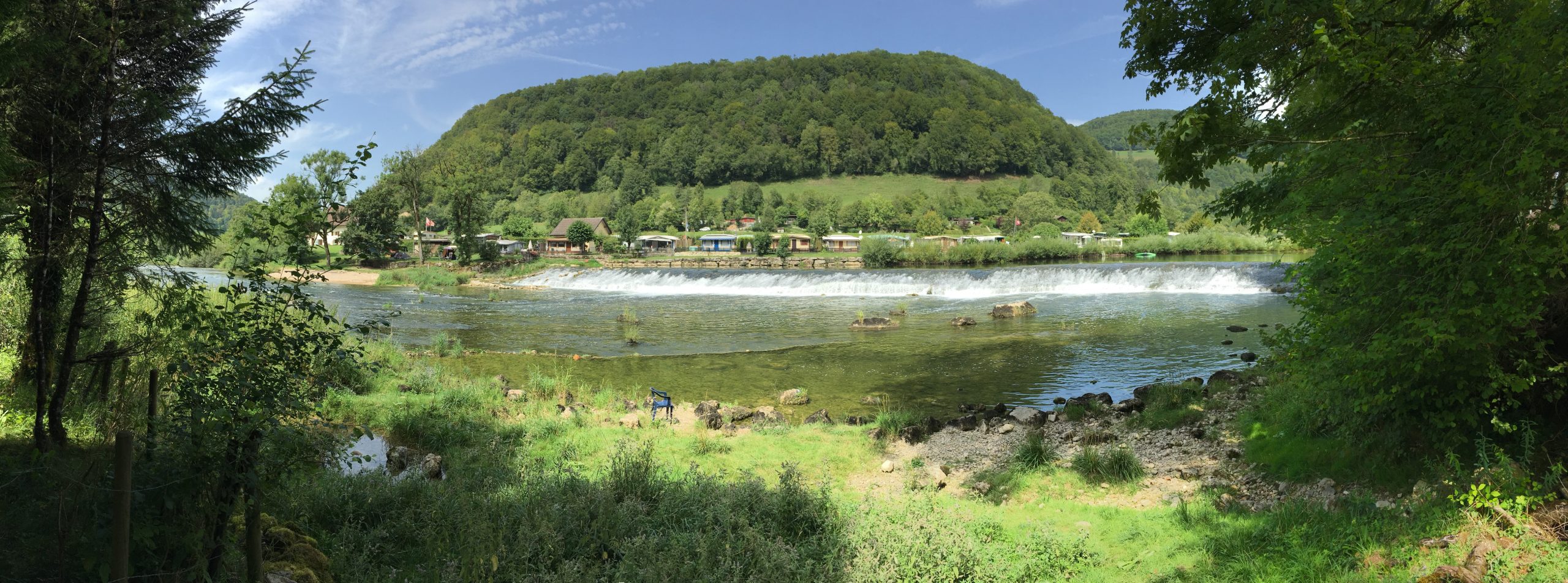
As for the water pollution, it announced that the existing plans regarding wastewater must be renewed and implemented and that measures against river eutrophication should be strengthened. Pollutants from farm activities should also be reduced or even eliminated through stricter regulation. Also, the countries “should ensure a monitoring of the Rhone streber and all relevant environment parameters that may affect its population,” the Bern Convention recommended.
Re-establishing connectivity between critical habitats for the Rhone streber was another priority. This could be achieved by removing the smaller dams, which are no longer in use, and thus restoring the river’s natural dynamics.
Also, the Bern Convention encouraged Switzerland to implement a national action plan to address every issue to prevent the extinction of the King of the Doubs — the country did this in 2015.
Dams and eutrophication
According to Wulf, one of the biggest problems were the three hydropower plants situated along the Doubs and their dams along the river. “These dams make abrupt and spontaneous changes of the water table, and they cause a lot of fishes to die, especially young ones,” Wulf explains.
Apart from the three large dams, there are also small ones that do not produce much energy and have changed the original structure of the river, an issue which Pro Natura also denounces. “In this case, we even had local opposition. Some local people all of a sudden thought that it was much more beautiful like that. But they block fish movement along the river,” Wulf says.
The boost the Doubs needed
Malavaux thinks that the authorities from both countries “are responding to these recommendations, they are working to implement them.” “There were some measures from the 1960s regarding water regulations for these hydropower plants, but they were a little forgotten. The Bern Convention’s recommendations were the boost they needed,” he believes.
“NGOs, the Cantonal and federal authorities are part of a group of surveillance and we discuss the progress every year,” Wulf explains.
According to the ProNatura leader, most of the recommended measures have been started in some way and some are even fully implemented. “What has worked well so far are the negotiations with the hydropower operators. Below the lowest dam of the river, there are no sudden rises and falls of the water anymore. That is a great progress,” Wulf says.
As for the sewage treatment, it seems to be taking longer, but according to the Pro Natura representative, “plans for the improvement of the two biggest plants have already been approved and the renovations are expected by 2022 or 2024.”
However, the most difficult issue so far is the pollution from agriculture and forestry. “The problem is that the level of pollution is within the legal obligations, but it still has a big effect on the fish,” Wulf says. Malevaux agrees: “The water fluctuations have become better, but it is not the case with the water quality. There is still a lot of algae proliferation.”
In this regard, there have been some tensions with people that work in the agriculture sector. “They are not very keen about taking supplementary measures to contain pollution,” Wulf declares.
“They are really against all measures. They don’t understand why they should be implemented,” Patrice Malavaux says. In fact, Malavaux himself was the victim of an aggression from a farmer in 2018, although the aggressor apologised a few months after. Nevertheless, Malavaux and Wulf confirm that negotiations are taking place with the agricultural sector.
“We are still trying to find the best solutions,” Wulf says. “It is difficult to satisfy both parts, but we are negotiating.” “I’m optimistic on the hydro-power, I’m optimistic on the sewage treatment. On the other things, I’m a bit less optimistic. But it’s all moving in the right direction,” Wulf adds.
Although the measures are moving forward, monitoring of the King of the Doubs population is not yielding any good news. “The number of fish that have been detected went down last year. It is quite likely that this fish will vanish in the Doubs,” Wulf confesses.
“This does not mean that the measures have been in vain,” he continues, “we think that in the long run they will improve the situation of the river and the other fish species also relevant in the Bern Convention.” “Also, once the river is in good shape, we could introduce the Rhône streber from other tributaries that are in a better state”, he adds.
Nevertheless, Wulf and Malavaux are hopeful. When they look back, they could not expect that the demonstration nine years ago was going to drive changes. But it did. And they will make sure that it continues to drive them.
Dams and eutrophication
According to Wulf, one of the biggest problems were the three hydropower plants situated along the Doubs and their dams along the river. “These dams make abrupt and spontaneous changes of the water table, and they cause a lot of fishes to die, especially young ones,” Wulf explains.
Apart from the three large dams, there are also small ones that do not produce much energy and have changed the original structure of the river, an issue which Pro Natura also denounces. “In this case, we even had local opposition. Some local people all of a sudden thought that it was much more beautiful like that. But they block fish movement along the river,” Wulf says.
“Below the lowest dam of the river, there are no sudden rises and falls of the water anymore. That is a great progress”

Impacts

Hydroelectric station

Sewage treatment

Eutrophication
These artificial fluctuations were not the only ones to blame for the declining fish populations. Water pollution also played a role. According to Wulf, it comes from spills of sewage treatment plants and from pesticides and fertilisers of agriculture and forestry. These spills overly enrich the river with minerals and nutrients and induce excessive growth of algae. Consequently, it may result in oxygen depletion for the fish, a process known as eutrophication, as well as a lack of clean pebbles that the fish need to lay their eggs.
“These dams made abrupt and spontaneous changes of the water table, and they caused a lot of fishes to die, especially young ones”
“The thing is that the pollution of the river is not so evident everywhere. It’s probable that you don’t notice if you’re not an expert,” Wulf says. Also, “this effect has multiplied due to climate change. The last three summers were very hot, which is rare in Switzerland, and the river got quite dry in the upper part. The water table was very low and the whole bottom of the river was covered in algae so the fish could not put their eggs in its small pebbles and had problems to reproduce,” Wulf explains.
Local citizens take action
In 2011, the situation was critical for many of the fish species living in the Doubs. “Fish mortality rates started to be very shocking, not only for the fishermen, but also for the public opinion. You could see dead fishes on the bank of the river,” Patrice Malavaux recalls.
That is why he and the organisation SOS Loue et Rivières Comtoises along with Pro Natura raised the alarm and organised a demonstration in May of that year in the Swiss border village of Goumois. The demonstration was attended by more than 1,000 people, from Switzerland and France.
“The demonstration served as a start to change things”
Unfortunately, according to Malavaux, “the demonstrations did not have a direct impact,” as the authorities of the affected regions did not take any notice. However, then it was clear that the local population was aware of the decline of the King of the Doubs and the deterioration of the Doubs landscape, and that they wanted actions. “Clearly, the demonstration served as a start to change things,” the warden points out.
The Bern Convention intervenes
“After years of not getting ahead and not getting enough recognition of the problem we decided to file a complaint to the Bern convention,” Wulf recounts.
After that, the Bern Convention consulted the countries involved and decided to do an on-the-spot appraisal of the situation of the Doubs. The results confirmed that the natural habitat of the Rhone streber was continuously deteriorating and that an increasing number of protected species were seriously threatened. As Malavaux and Pro Natura claimed, the main problems stemmed from the hydropower and wastewater treatment plants along with runoff pollutants from agriculture.
At the end of 2013, the Standing Committee of the Bern Convention announced a list of recommended measures to France and Switzerland which covered all of the problems affecting the river. As Switzerland is not part of the European Union, the Bern Convention was the only tool available to integrate environment policies from two different countries.
Regarding the hydropower plants, the Standing Committee recommended to phase out their adverse effects on the fish habitat by 2016 and encouraged the plants to come under control of a single operator.

As for the water pollution, it announced that the existing plans regarding wastewater must be renewed and implemented and that measures against river eutrophication should be strengthened. Pollutants from farm activities should also be reduced or even eliminated through stricter regulation. Also, the countries “should ensure a monitoring of the Rhone streber and all relevant environment parameters that may affect its population,” the Bern Convention recommended.
Re-establishing connectivity between critical habitats for the Rhone streber was another priority. This could be achieved by removing the smaller dams, which are no longer in use, and thus restoring the river’s natural dynamics.
Also, the Bern Convention encouraged Switzerland to implement a national action plan to address every issue to prevent the extinction of the King of the Doubs — the country did this in 2015.
Recognition from

The boost the Doubs needed
Malavaux thinks that the authorities from both countries “are responding to these recommendations, they are working to implement them.” “There were some measures from the 1960s regarding water regulations for these hydropower plants, but they were a little forgotten. The Bern Convention’s recommendations were the boost they needed,” he believes.
“NGOs, the Cantonal and federal authorities are part of a group of surveillance and we discuss the progress every year,” Wulf explains.
According to the ProNatura leader, most of the recommended measures have been started in some way and some are even fully implemented. “What has worked well so far are the negotiations with the hydropower operators. Below the lowest dam of the river, there are no sudden rises and falls of the water anymore. That is a great progress,” Wulf says.
As for the sewage treatment, it seems to be taking longer, but according to the Pro Natura representative, “plans for the improvement of the two biggest plants have already been approved and the renovations are expected by 2022 or 2024.”
However, the most difficult issue so far is the pollution from agriculture and forestry. “The problem is that the level of pollution is within the legal obligations, but it still has a big effect on the fish,” Wulf says. Malevaux agrees: “The water fluctuations have become better, but it is not the case with the water quality. There is still a lot of algae proliferation.”
In this regard, there have been some tensions with people that work in the agriculture sector. “They are not very keen about taking supplementary measures to contain pollution,” Wulf declares.
“Below the lowest dam of the river, there are no sudden rises and falls of the water anymore. That is a great progress”
“They are really against all measures. They don’t understand why they should be implemented,” Patrice Malavaux says. In fact, Malavaux himself was the victim of an aggression from a farmer in 2018, although the aggressor apologised a few months after. Nevertheless, Malavaux and Wulf confirm that negotiations are taking place with the agricultural sector.
“We are still trying to find the best solutions,” Wulf says. “It is difficult to satisfy both parts, but we are negotiating.” “I’m optimistic on the hydro-power, I’m optimistic on the sewage treatment. On the other things, I’m a bit less optimistic. But it’s all moving in the right direction,” Wulf adds.
Although the measures are moving forward, monitoring of the King of the Doubs population is not yielding any good news. “The number of fish that have been detected went down last year. It is quite likely that this fish will vanish in the Doubs,” Wulf confesses.
“This does not mean that the measures have been in vain,” he continues, “we think that in the long run they will improve the situation of the river and the other fish species also relevant in the Bern Convention.” “Also, once the river is in good shape, we could introduce the Rhône streber from other tributaries that are in a better state”, he adds.
Nevertheless, Wulf and Malavaux are hopeful. When they look back, they could not expect that the demonstration nine years ago was going to drive changes. But it did. And they will make sure that it continues to drive them.
Timeline
2007
Local groups realize that the dams and water pollution affect the King of the Doubs.
May 2011
Demonstrations in Goumuois to denounce the situation of the river.
December 2011
Pro Natura, WWF and Fishing Swiss Federation file complaint to Bern Convention
June 2013
The Bern Convention performs a scientific evaluation.
December 2013
The Bern Convention makes recommendations to Switzerland and France to protect the river and its species.
Since 2015
Swiss National Plan for the Doubs adopted and implemented step by step.
Timeline
2007
Local groups realize that the dams and water pollution affect the King of the Doubs.
May 2011
Demonstrations in Goumuois to denounce the situation of the river.
December 2011
Pro Natura, WWF and Fishing Swiss Federation file complaint to Bern Convention
June 2013
The Bern Convention performs a scientific evaluation.
December 2013
The Bern Convention makes recommendations to Switzerland and France to protect the river and its species.
Since 2015
Swiss National Plan for the Doubs adopted and implemented step by step.